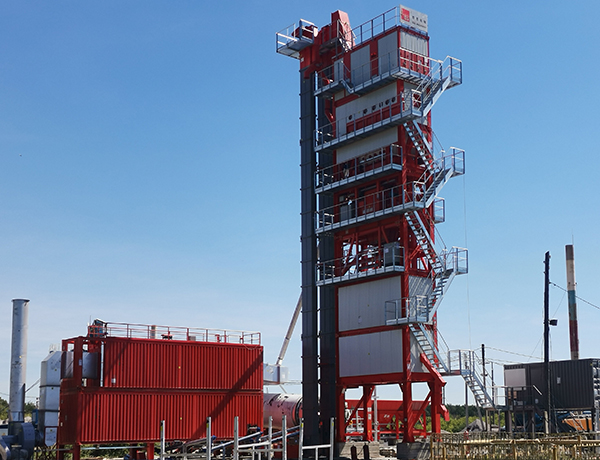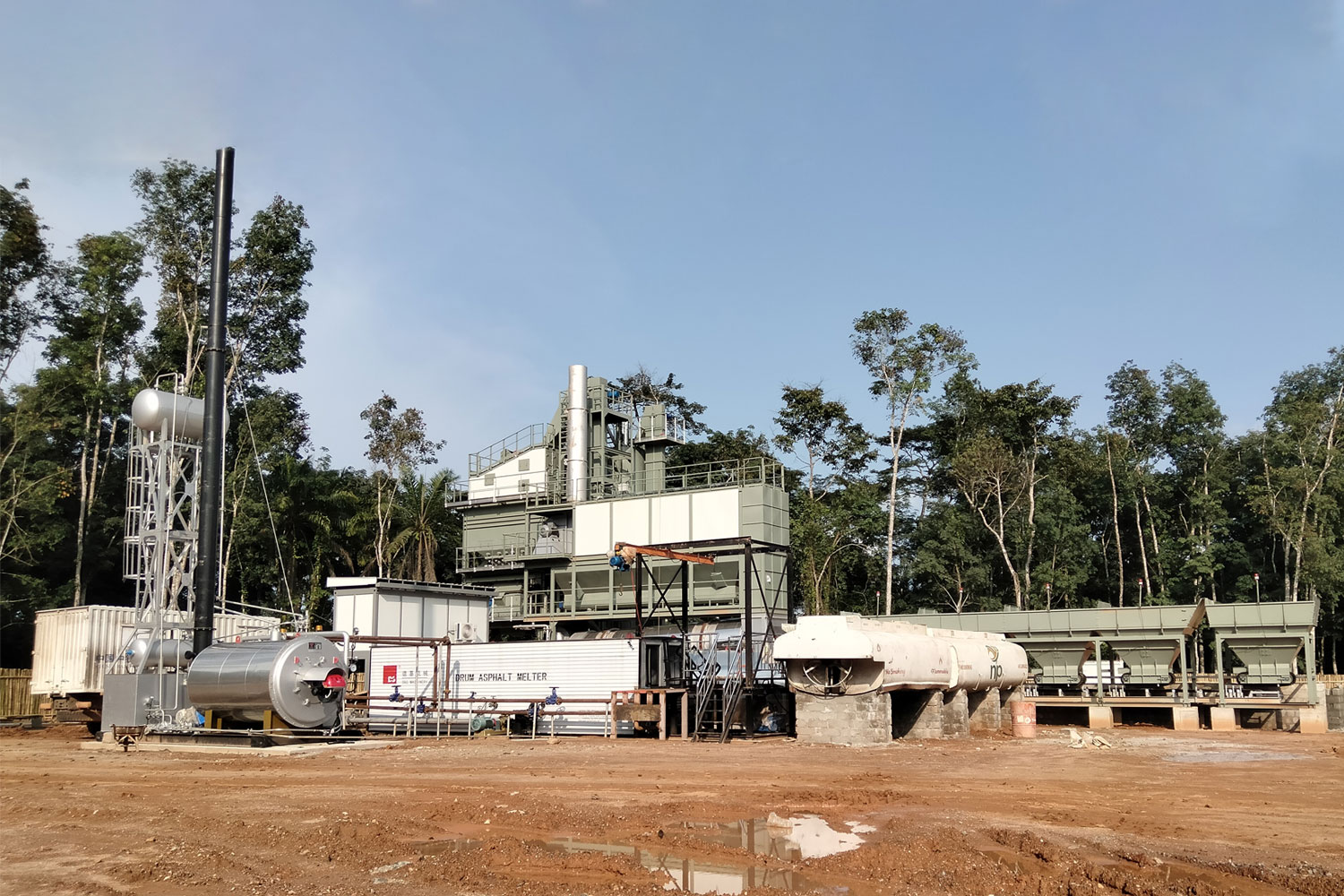Asphalt Hot Plant is an essential facility in the construction and maintenance of road infrastructure. It is designed specifically for the production of hot mix asphalt, a crucial material for paving roads, highways, and other surfaces. The operation of an asphalt hot plant begins with the careful selection and blending of aggregates, which are a combination of materials such as gravel, sand, and crushed stone. These aggregates are then heated to high temperatures to ensure they achieve the necessary viscosity when mixed with asphalt binder.
The plant features a series of mechanized processes, including drying, screening, and mixing, all of which are crucial to producing high-quality asphalt. Efficient drying of the aggregates is critical, as it prevents the moisture from interfering with the final mix. The plant typically employs sophisticated control systems that monitor the entire process, ensuring the consistency and quality of the output.
Transportation is another vital aspect of asphalt plants. Once the hot mix asphalt is prepared, it is loaded onto trucks for delivery to construction sites where it is laid down in layers to form a durable surface. These plants are strategically located to minimize transportation times and costs, which is essential for maintaining productivity in road construction projects.
Environmental considerations are increasingly influencing the operation of asphalt hot plants. Many facilities are now equipped with advanced technologies to reduce emissions and recycle waste materials, ensuring a more sustainable approach to asphalt production. Today’s asphalt hot plants are not just about productivity and quality; they also focus on reducing their ecological footprint, making them a vital consideration for contractors and city planners alike.
Content Disclaimer
The content provided on this website is for informational purposes only. Some of the information, articles, images, and other materials available on this site may be sourced from third-party websites and public domain resources. While we make every effort to ensure the accuracy and reliability of the information, we do not take responsibility for the content provided by external sources.




